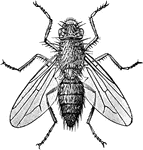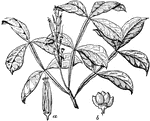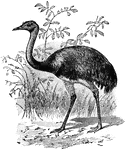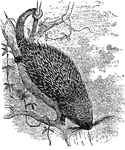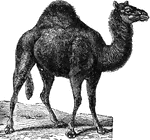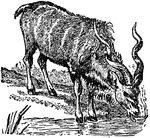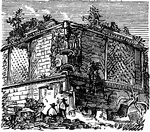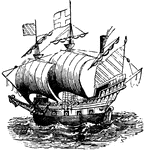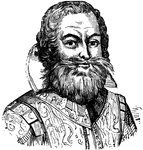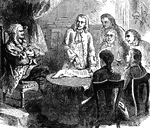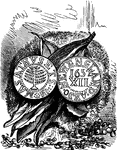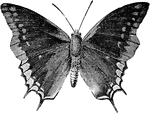
Mourning Cloak
A butterfly native to Eurasia and North America. It has wings that are dark red with a yellow border.
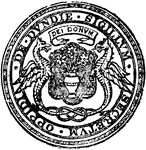
Dundee
"A royal and parliamentary burgh and seaport, situated on the east coast of Scotland, in the county…
Sluice
"One of the simplest forms of sluice as used in river diggings in the north-west of America. A rectangular…
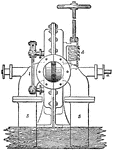
Reaction Turbine
"Professor James Thomson's inward flow or vortex turbine has been selected as the type of reaction turbines.…
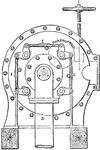
Reaction Turbine
"Professor James Thomson's inward flow or vortex turbine has been selected as the type of reaction turbines.…
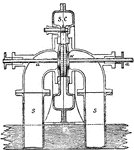
Reaction Turbine
"Professor James Thomson's inward flow or vortex turbine has been selected as the type of reaction turbines.…
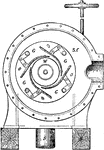
Reaction Turbine
"Professor James Thomson's inward flow or vortex turbine has been selected as the type of reaction turbines.…
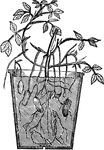
Arachis
"A genus of plants of the natural order Leguminosae, sub-order Papilionaceae, natives of the warm parts…

Aristolochia
"A genus of plants of the natural order Aristolochiaceae. This order, which is dicotyledonous or exogenous,…
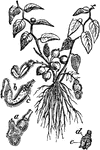
Aristolochia
"A genus of plants of the natural order Aristolochiaceae. This order, which is dicotyledonous or exogenous,…

Arracacha
"A plant of the natural order Umbelliefrae, a native of the elevated table-lands in the neighborhood…

Astrocaryum
"A genus of Palms, of which about sixeen species are known, natives of tropical America, remarkable…
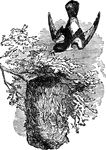
Oriole
"A very beautiful American, bird, found in all parts of the United States, and as far north as 55 degrees…

Rock-Rose
"A genus of exogenous plants, which gives its name to the natural order Cistaceae; an order allied to…
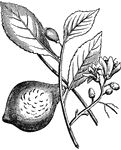
Citron
"A tree cultivated in the south of Europe, and other warm, temperate, or sub-tropical countries for…
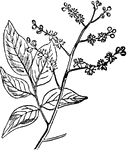
Copaiva Tree
"A valuable medicinal substance, consisting chiefly of a resin (Resin of Copaiva) and a volatile oil…

Crowberry
"A small procumbent shrub, of the natural order Empetraceae, a native of the northern parts of the world,…

Custard Apple
"The name commonly given in the West Indies and other tropical countries to the fruits of certain species…

Date Palm
"A genus of palms, the most important species of which is the common Date Palm, the Palm Tree of Scripture,…
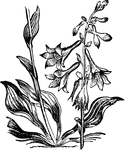
Day-lily
"A genus of plants of the natural order Liliaceae, having a perianth with bell-shaped limb, and sub-cylindrical…
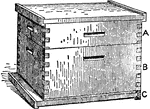
Langstroth Hive
"The typical hive of America is the improved Langstroth, which has no other covering for the frame tops…
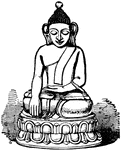
Buddha
"The sacred name of the founder of Buddhism, an Indian sage who appears to have lived in the 5th century…

Amiens Cathedral
"Plan of Amiens Cathedral. A, Apsidal aisle. B B, Outer aisles of choir. F G, Transepts. H, Central…
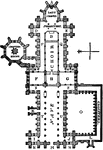
Wells Cathedral
"Plan of Wells Cathedral. A, Apse or apsis. B, Altar, altar-platform, and altar-steps. D E, Eastern…
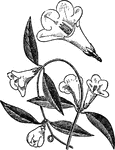
Gelsemium
"The plant known in America as the "Carolina jasmine" is not a true jasmine. other hardy species commonly…
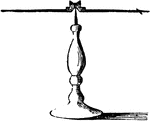
Magnetic Needle
"A bar of steel which is a magnet, suspended in such a way that it can freely turn to the north or south."…
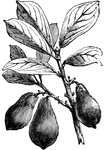
Avocado
A tree native to Central America and Mexico. Ranges from 1 to 2 pounds in weights and is mostly purple…
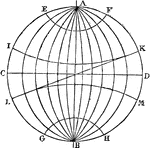
Earth Divisions
"The Earth, whose diameter is 7,912 miles, is represented by the globe, or sphere. The straight line…
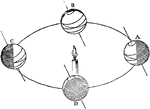
Earth Axis
"Now it is the inclination of the Earth's axis, as above described, which causes the lengths of the…

Earth Axis
"Now it is the inclination of the Earth's axis, as above described, which causes the lengths of the…

Seasons
"Suppose the Earth to be in her Summer solstice, which takes place on the 21st of June. At this period…
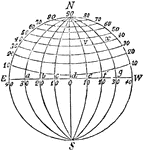
Longitude
"Let this figure represent the Earth, N being the north pole, S the south pole, and E W the equator.…

Lophiomys Imhausi
"This very extraordinary species from north-east Africa differs from all other rodents in the peculiar…

Colombo North-West Breakwater
Breakwaters are structures on coasts as part of coastal defense or to protect an anchorage from the…

Colombo North-West Breakwater
Breakwaters are structures on coasts as part of coastal defense or to protect an anchorage from the…

Sir Walter Raleigh
Raleigh's plan for colonization in Virginia in North America ended in failure at Roanoke Island, but…

Caernarvon Castle
Edward I built many castles in North Wales to help subdue the Welsh Following his conquest of the principality…

Trillium
Trillium is a genus of about 40-50 species of perennial herbaceous flowering plants, native to temperate…
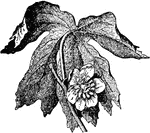
Mayapple
A North American poisonous herb. The plant itself usually has a blossom between two large green fleshy…

Alexander H. Stephens
(1812-1883) Vice President of the Confederate States of America during the American Civil War.
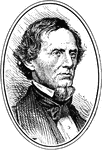
Jefferson Davis
(1808-1889) President of the Confederate States of America. US Senator from Mississippi
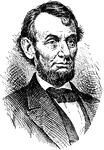
Abraham Lincoln
(1809-1865) An American politician and sixteenth President of the United States and the first president…
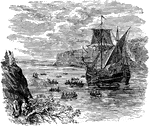
Hudson's Exploration
An illustration showing Henry Hudson's ship exploring the river which now bears his name.

Signing of the Mayflower Contract
An illustration depicting the signing of the Compact aboard the Mayflower.

